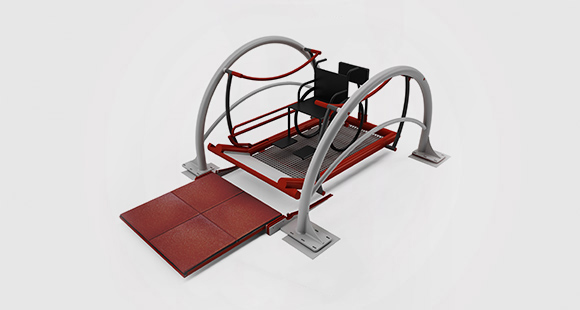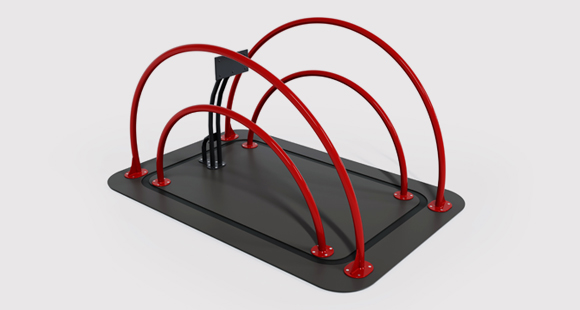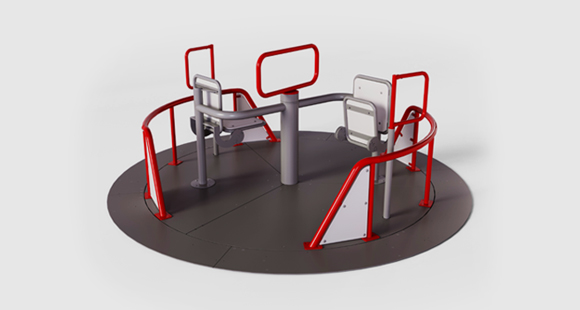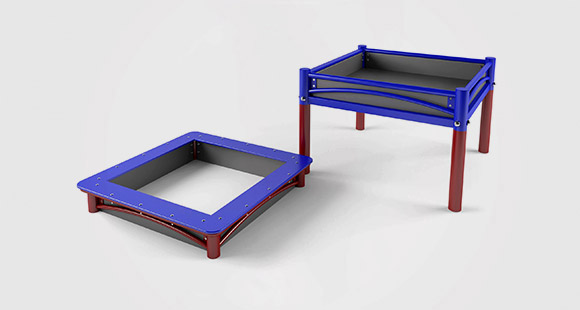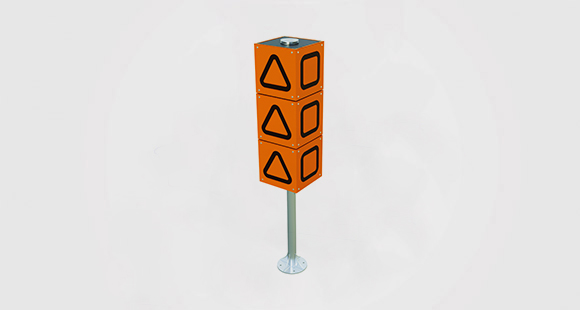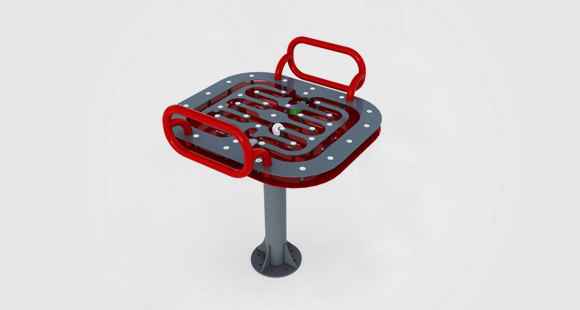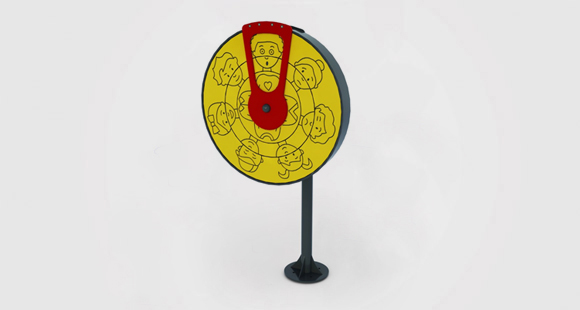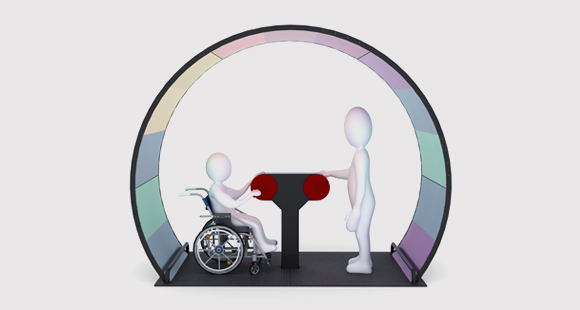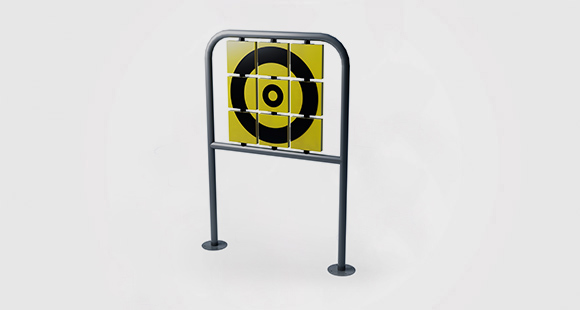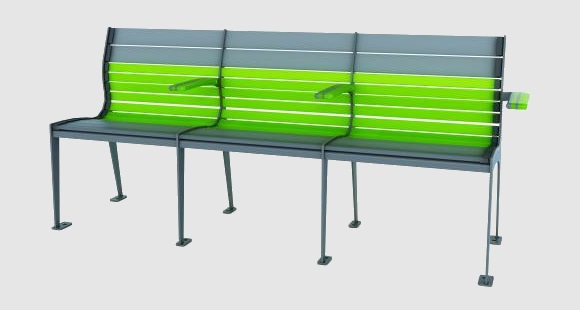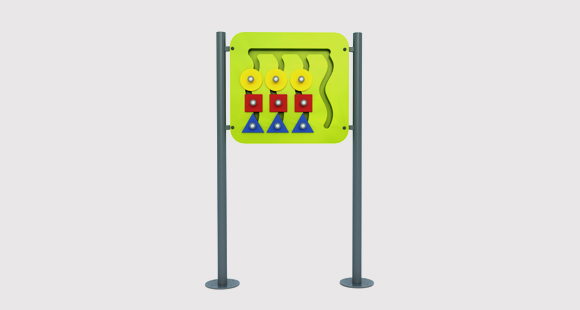Medical devices We design to help
Playground at the integration facility
An integrated school or kindergarten has a properly adapted infrastructure in the building. The playground relatively rarely gives children with different levels of fitness the opportunity to play - and they should.
Czy każdy plac zabaw musi być dostępny?
Yes! Every child has the right to play and has a need to play, regardless of their level of fitness. However, it needs a place where it will be possible. The UN Convention on the Rights of the Child states that "All mentally or physically disabled children should enjoy a normal life in conditions guaranteeing their dignity, facilitating the child's active participation in society. Children have the right to rest and free time, to participate in games and activities. recreational ". (Articles 23 and 31 of the Convention). Unfortunately, in practice, these provisions apply only to non-disabled children.
A playground with various levels of difficulty and equipped with appropriate devices will allow you to make your dreams come true, but also the law. An integrative playground is a place for everyone, able-bodied and disabled, without divisions, exclusion and borders, just like inclusive schools and kindergartens
Can children without disabilities use integration devices?
Of course! Inclusive devices can be used by all children, regardless of their level of fitness. However, it is worth being careful not to buy devices dedicated only to people with disabilities, because such devices exclude the possibility of using them by non-disabled people. A very common mistake is to install such devices on public playgrounds in the hope of meeting the accessibility criterion.
Only inclusive devices, i.e. those designed with all users in mind, give the possibility of safe, interesting and equal fun and such devices should be found in schools and kindergartens with integration classes.
Inclusive devices are:
- savings - one set of devices is installed for everyone
- meeting the requirements of universal design and accessibility standards
- the opportunity to play for children who have not yet been able to experience it on an equal footing with others
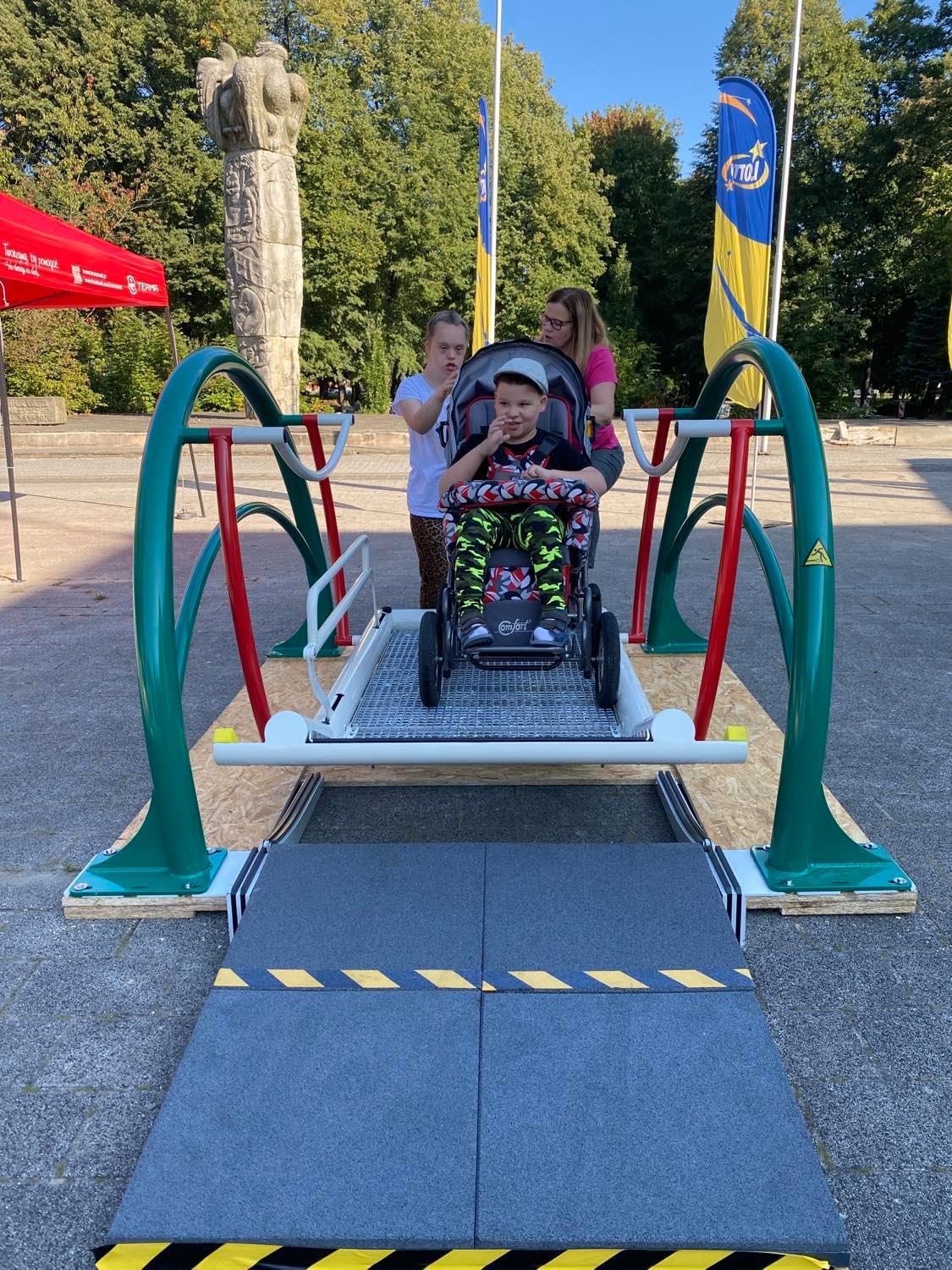
Rehabilitation hidden in play
The added value of inclusive devices is their rehabilitation functions. It is an opportunity for people with disabilities to improve their motor, cognitive, social and sensory functions while having fun.
Kinesiotherapy
Movement therapy, by performing rehabilitation exercises, especially important when trying to increase the range of motion, better movement control, and improving coordination.
Neurological rehabilitation
Improvement of cognitive and educational processes. Improving coordination of movements, eye-hand coordination.
A sense of inclusion in society
An opportunity to meet and socialize on an equal footing with other children.
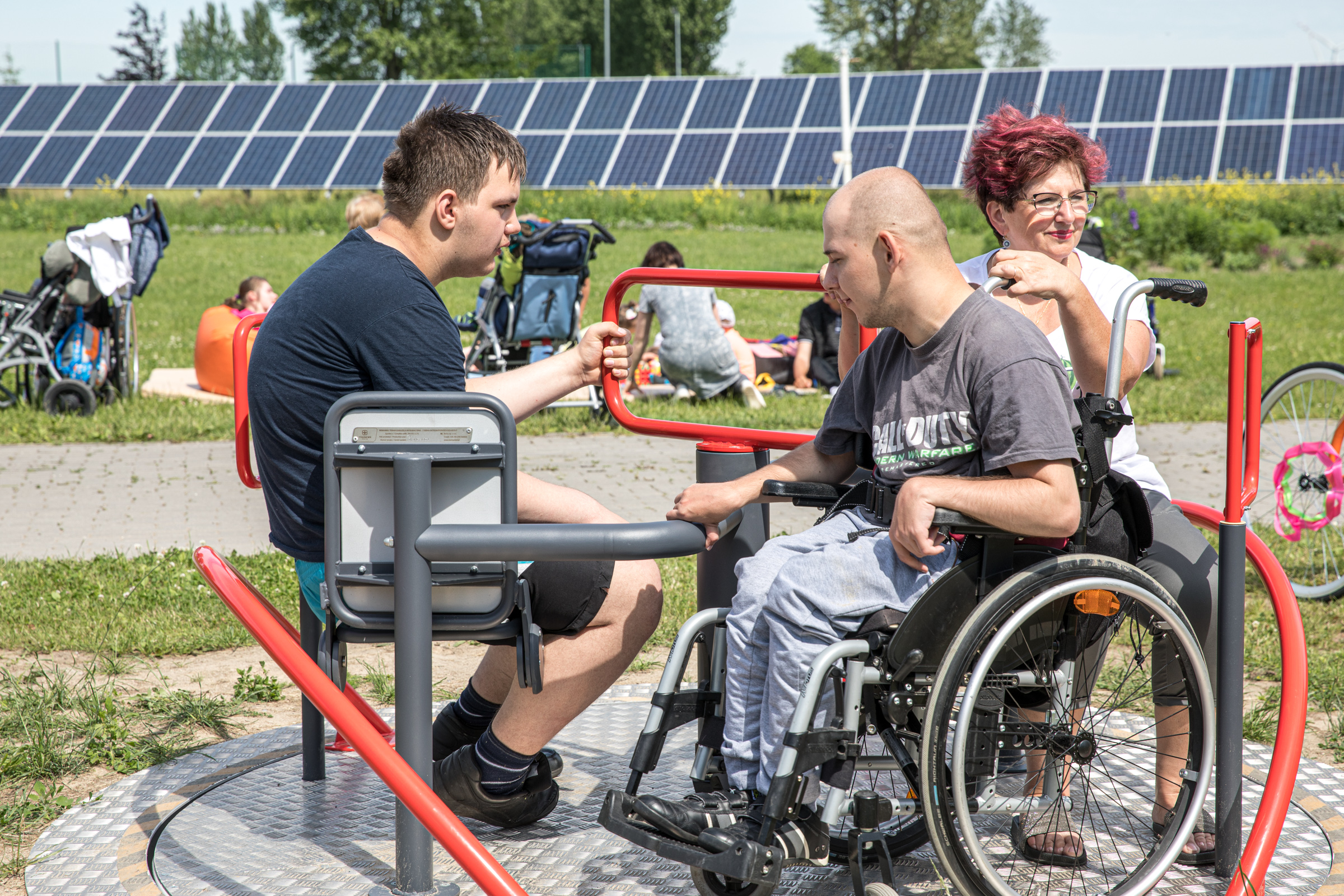
What is inclusiveness?
It is openness that takes into account the experiences and needs of various minorities, including people with disabilities. It is about creating conditions and opportunities for everyone to participate, regardless of their level of fitness, belief or gender. The opposite of inclusiveness is exclusion, which currently takes place in most playgrounds.




